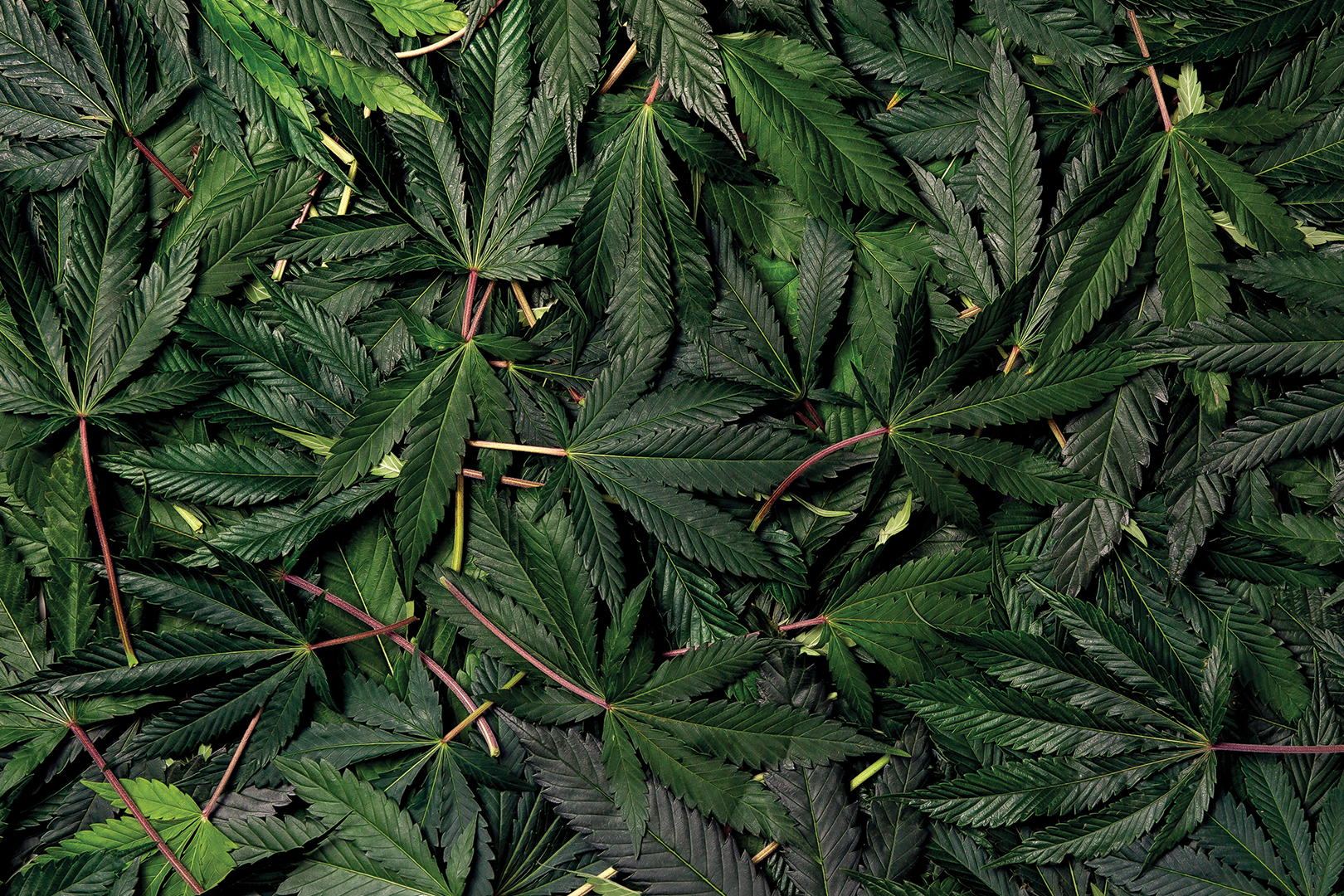A carbon-neutral grass fiber—miscanthus embodies the resilience and potential of this remarkable biomass crop for pulp production.
Sustainability with a Story
Mohawk Renewal
Hemp
Hemp grows rapidly, maturing in as quickly as 90 days. Turning hemp into pulp requires less chemicals, water, and energy than wood.

























